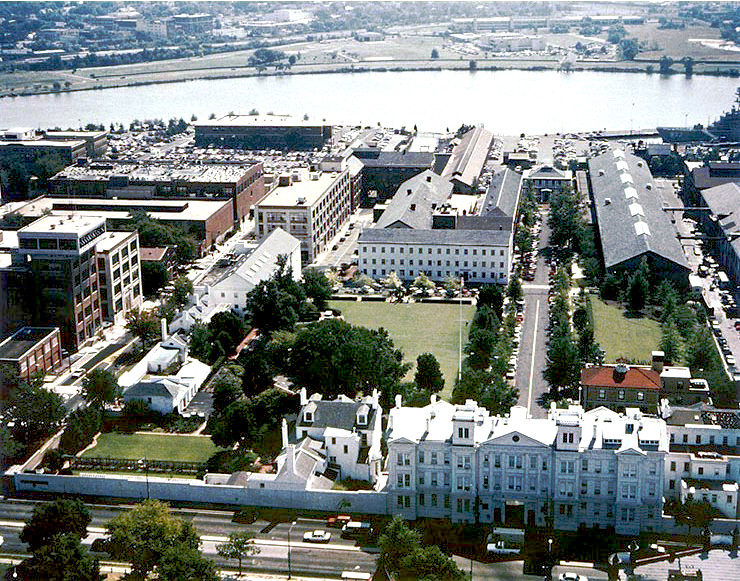
With the nation’s capital at its heart, the region encompasses more than 4,000 square miles, including the District of Columbia; the Maryland counties of Anne Arundel, Baltimore, Calvert, Carroll, Charles, Frederick, Howard, Montgomery, Prince Georges, St. Mary’s, The City of Baltimore and Bloodsworth Island; and Virginia counties of Arlington, Caroline, Fairfax, Fauquier, King George, Loudoun, Prince William, Spotsylvania, Stafford, and Westmoreland.
Naval District Washington is the regional provider of common operating support to naval installations within a 100-mile radius of the Pentagon. Services provided include public affairs, public works, public safety, community support, human resources, information technology, morale, welfare and recreation, supply, air and port operations, ceremonial support and environmental and safety.
Naval District Washington is responsible for efficiently delivering these support services to more than 120 mission commands located within its geographical borders. The region’s installations comprise more than 26,000 acres and almost 4,400 buildings, with an $8.6 billion plant replacement value and more than 70,000 civilian and military personnel.
Commandant, Naval District Washington represents the Secretary of the Navy and the Chief of Naval Operations (CNO) in a variety of matters, including public and diplomatic functions and the presentation of awards and decorations. The commandant also coordinates Navy participation in official ceremonies and serves as deputy commander for the Joint Forces Headquarters-National Capital Region (JFHQ-NCR).
The commandant exercises area coordination over military and civilian empoyees assigned to Navy activities within the geographic area encompassed by Naval District Washington.
Naval District Washington includes the following commands:
Naval Support Activity Annapolis
- Naval Support Facility Annapolis
- Naval Support Facility Chesapeake Beach
Naval Air Station Patuxent River
- Navy Recreations Center Solomons
- Outlying Field Webster Field
Naval Support Activity South Potomac
- Naval Support Facility Dahlgren
- Naval Support Facility Indian Head
- Joint Base Andrews Naval Air Facility
Naval Support Activity Washington
- Washington Navy Yard
- Naval Research Laboratory
- National Maritime Intelligence Center
- Naval Support Facility Naval Observatory
- Naval Support Facility Carderock
- Naval Support Facility Arlington
Naval Support Activity Bethesda
- Walter Reed National Naval Medical Center